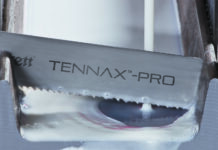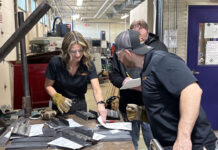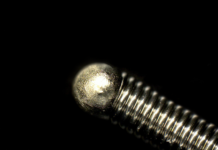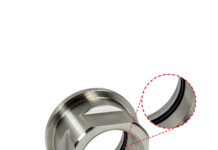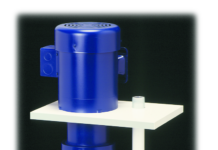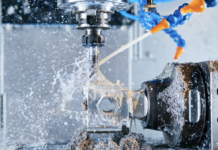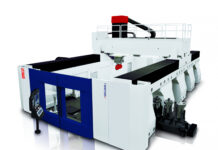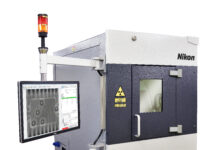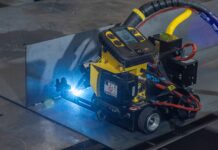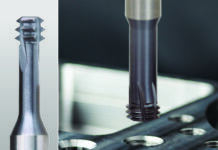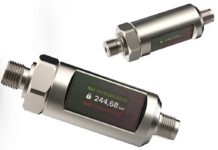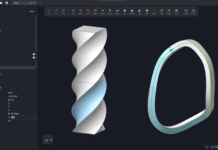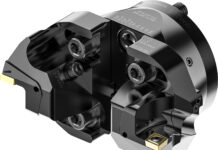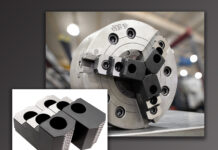For decades, operators in manufacturing facilities have relied on Human Machine Interfaces (HMI) for a visual overview of their process systems to monitor critical status and control information. A properly designed graphical user interface improves situational awareness, reduces workload, and enables the operator to view the entire process at-a-glance so they can focus on mitigating abnormal situations. At stake is more than just operations efficiency, but also product quality, manufacturing throughput, operations profitability and foremost, overall safety.
Poor HMI designs have been identified as factors contributing to abnormal situations, lost production and even accidents. In response, today’s more advanced HMIs are designed to help people optimize operational performance, improve situational awareness, and recognize issues before alarms occur. These high-performance HMIs are helping operators make better, faster, and more informed decisions.
“Issues with HMI design began when we first moved from physical switches and controls to a keyboard and mouse. The industry got excited that suddenly we could show a lot more information than we were able to before because everything was now digital,” said Michael Simmers, Lead Field Engineer at NovaTech Automation, a Pennsylvania-based provider of process control and optimization solutions, including the TotalVision graphics engine/HMI. “As a result, a lot of data landed on an operator’s screen just because it was possible. But too much information makes it hard for an operator to focus on the right information in real-time.”
The user interface issues with early HMIs persisted for many years. Operators had to work with very dense displays and were often limited to a single monitor. Process drawing displays of the physical layout of a plant were difficult to read, and graphic user interfaces (GUI) typically used bright lines, text, and a myriad of bright colors on dark backgrounds that caused viewing fatigue.
Pictures, motion, and items such as dynamic flames, rotating agitators and twisting screws were even incorporated into backgrounds. But while these graphical capabilities are great for showcasing and selling graphics packages, they offer very little benefit to controlling a plant from a human factor and operator usability standpoint.
Over-alarming and the lack of a big-picture view further impeded the work of operators causing them to respond to alarms without understanding the root cause of the alarm conditions.
“Plants don’t want to be blindly run by alarms,” said Simmers. “What you need most from your HMI is overall situational awareness to mitigate abnormal situations and to have context when an alarm does occur. Maintaining situational awareness requires a process of deprioritizing all non-critical information. Then we ensure the key information is where an operator can easily see it so they can act upon it.”
He added, “Consider that an operator may be working for 12 hours at a time. The better you can present the information, the easier it is for that operator to focus on their work and prevent safety issues from occurring.”
Human Centered Design
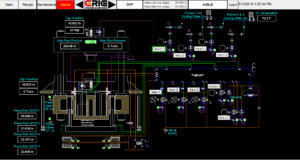 HMIs have made significant advancements in usability based on an improved understanding of how people actually use and process information. For example, high-performance HMIs now use muted backgrounds with normal or non-critical data presented in varying shades of gray (or other neutral colors) for ease of viewing over extended periods. Alarms stand out in color in contrast to the muted background with bright saturated color reserved only for abnormal situations.
HMIs have made significant advancements in usability based on an improved understanding of how people actually use and process information. For example, high-performance HMIs now use muted backgrounds with normal or non-critical data presented in varying shades of gray (or other neutral colors) for ease of viewing over extended periods. Alarms stand out in color in contrast to the muted background with bright saturated color reserved only for abnormal situations.
Displaying historical trend data has also required a more user-centric design focus. To show something like a percent level in a tank, early HMIs relied on text and numbers that would fluctuate over time. Today, high-performance HMIs can embed graphical trends so operators can identify how the current value compares to relevant past time intervals (hours, minutes), providing valuable context.
Even the presentation of the information and speed of comprehension is considered in high-performance HMI layouts. For example, a simple list of numbers or results does not provide enough context for an operator to use. Showing numbers inside an expected range helps, but this still requires an operator to take time to understand and evaluate the information. Sliders bars are useful for displaying values within the context of their normal operating ranges. But ideally, the graphic shows all the above: trend, slider bar and alarm indication.
“Trend data is not new,” said Mike Davis, Director of Process Offering at NovaTech Automation. “What is different now is that rather than having to navigate to a separate screen to view a trend, the information is on the main screen next to the associated process variable enabling the operator to analyze data much easier, always depicting where they are and how they are doing versus target performance levels.”
Configurable High-Performance Graphics
NovaTech’s TotalVision® HMI integrates with their D/3® distribution control system (DCS) – an open connectivity platform which controls key variables such as flow, applied temperatures, pressure, level and material conveying/handling for managing batch, continuous and hybrid processes.
Based on the interface to the D/3 system, TotalVision can also connect to OSIsoft PI and other data sources to provide process and analytical information to operations and management. Historical and live data are presented graphically to support real-time decision making. TotalVision supports multiple windows and monitors in almost any configuration, making it easy to set up a hierarchy of displays so that operators always have a complete view and control of the process.
The company uses Sequence and Batch Language (SABL®) to allow operators to interact with control applications through the HMI. “SABL is a strong key to our platform,” said Simmers. “We chose SABL because it is a flexible platform that is built around ISAS88 batch management and ISAS106 procedural automation standards. Because all of our software developers program in SABL, anyone on the team can help a client customize their HMI.”
Engineers typically work with clients to identify the setpoints and measurements that are needed on the main screen. NovaTech provides a library of pre-made dynamic objects that is part of the standard product and helps customers to build high-performance graphics for an operator to control a process, enter information, and interact with sequence programs. A client has multiple ways to customize their HMI, including selecting the choice of colors.
“It’s an entire system for the HMI to display information from our D/3 control system,” said Davis. “It’s about more than just graphics; we work with the client to optimize the interaction between the operator and the control system. Each plant has different needs, so we customize accordingly.”
HMI Integration with DCS
 The advanced capabilities of today’s HMIs enable managers and supervisors to do much more than control processes. Real-time process intelligence offers vast new opportunities to improve product quality and make systems more efficient.
The advanced capabilities of today’s HMIs enable managers and supervisors to do much more than control processes. Real-time process intelligence offers vast new opportunities to improve product quality and make systems more efficient.
One of the high-performance features NovaTech introduced is a standard configurable header area that displays everything that the D/3 DCS program does via text and messaging at the top of the main screen.
“With the DCS controlling the process, the header in the HMI is telling the operator the story as it is happening,” said Simmers. “Should something fail or be interrupted, the operator has all the information needed at the top of the graphic. Perhaps a certain valve failed to open or close, a process went to hold as a result, and there is a failure notification. But instead of just acknowledging the alarm, the operator can immediately see what went wrong and why.”
“It’s all about making it easy for the operator to control the plant,” said Simmers. “With a customized information-driven interface that is thoughtfully designed around the needs of the operator, high-performance HMIs are bringing a new level of process control and management to manufacturing.”

